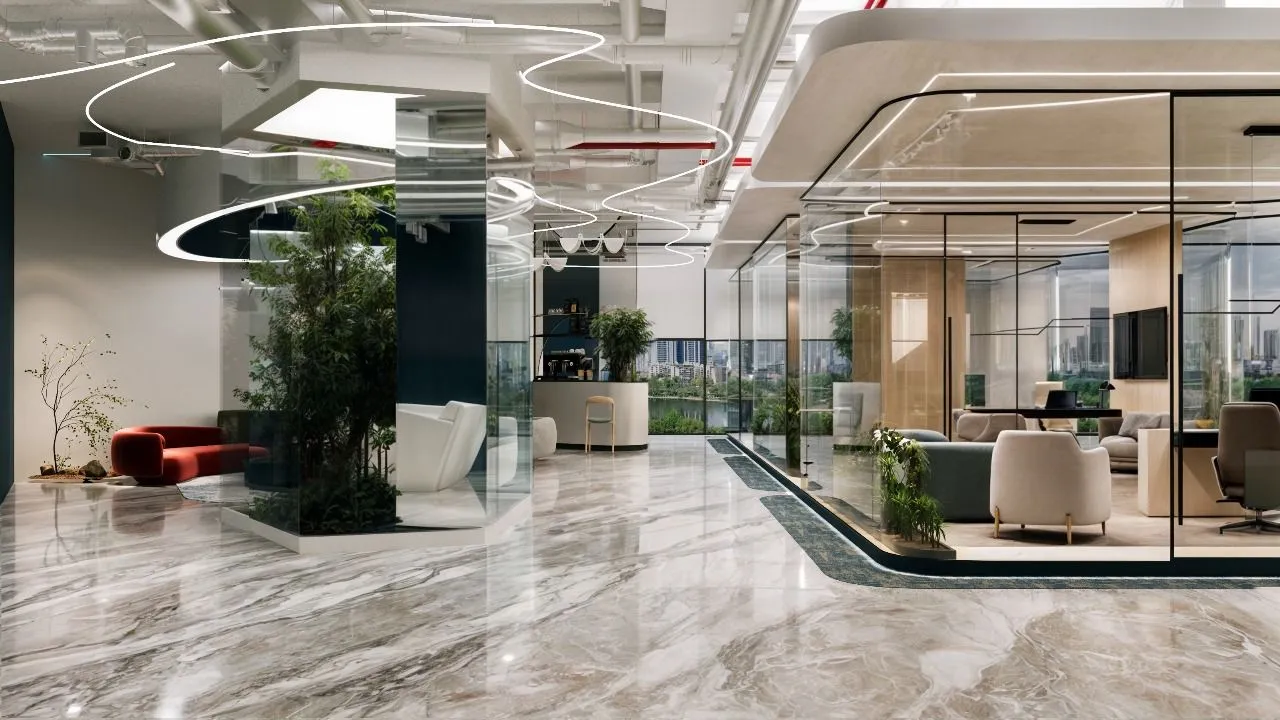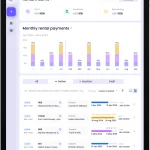
The Most Common Client Mistakes Designers See
Many clients begin a project without a clear idea of what they want. This can create confusion and slow down progress. An interior design Dubai professional often asks for style preferences, lifestyle needs, and inspirations.
Sharing these details early helps the team create a vision that aligns with the client’s expectations and avoids unnecessary back-and-forth during the project.
Changing Ideas Frequently:
Some clients change their minds multiple times during a project. While flexibility can be helpful, constant changes make it hard to stick to timelines and budgets. Designers prefer when clients share preferences upfront and allow the team to follow a structured plan. Fewer last-minute changes keep work flowing smoothly and reduce the risk of mistakes or delays.
Ignoring the Budget:
Not setting a clear budget or adjusting it late in the project can cause serious issues. Expenses for furniture, decor, and labor can quickly add up if limits are unclear. Discussing the budget openly allows designers to make smart choices and prioritize elements, keeping the project on track without compromising on the look or feel of the space.
Overlooking Space Measurements:
A common mistake is not thinking carefully about how furniture or decor fits the actual space. Small errors in size or scale can make a room feel cramped or unbalanced. Designers carefully measure rooms and plan layouts to select pieces that fit comfortably, helping spaces feel organized, inviting, and functional for daily use.
Underestimating Time Needed:
Clients sometimes expect projects to finish faster than reality allows. Design work includes planning, sourcing materials, custom orders, and installation, which can take weeks or months. Understanding the time needed helps clients stay patient and appreciate the process.
Skipping Professional Advice:
Relying on personal taste alone without consulting designers can lead to impractical choices. Some clients choose pieces that look good but create awkward layouts or mismatched styles. Designers provide guidance on layouts, lighting, materials, and flow, helping create spaces that are both attractive and comfortable for everyday living.
Neglecting Small Details:
Details like lighting, textures, trims, and hardware often get overlooked, but they impact the overall feel of a room. Focusing only on major pieces may leave a space incomplete. Designers pay attention to these elements to create a cohesive, polished look where every detail complements the overall design.
Some clients assume a room can be transformed immediately. Patience allows the team to handle each step thoroughly, producing a finished space that is thoughtfully designed, functional, and visually appealing for long-term enjoyment.















